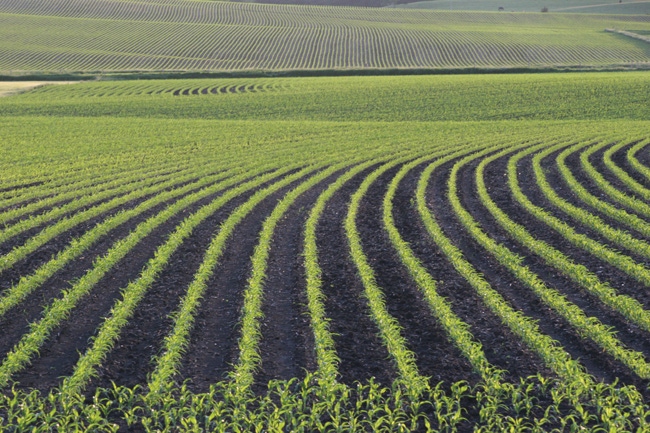April 4, 2012

Atrazine is the second most commonly applied herbicide in the U.S., and according to agronomist David Bridges, there are no comparable replacements.
Bridges, president of Abraham Baldwin Agricultural College, presented findings from a study he conducted at the recent annual meeting of the Southern Weed Science Society. He pointed to atrazine’s weed control, application flexibility, crop tolerance and tillage compatibility as reasons for the conclusions in his study.
Atrazine’s premix compatibility is so good that it is “used more often than any other herbicide as a premix component in corn herbicide products,” Bridges reported. For 75% of the 44 herbicide active ingredients used in field corn in 2009, atrazine was applied in mixture 50% or more of the time; and for 18 of the herbicide active ingredients used, 75% or more of their base acres included atrazine, the agronomist said.
Postemergence tolerance to atrazine in corn is so good that it can be used with a variety of carriers to enhance herbicidal activity on target weeds, Bridges reported.
He also found that with the 31 weed species in the study, atrazine provided a higher level of weed control than any other herbicide, except glyphosate.
While triazine-resistant weeds have been known to exist since the 1970s, the economic importance of these resistant weeds has not proven to be as great as some predicted, Bridges said. He reported that triazine resistance is different than the resistance developed to most herbicides because it is connected to lack of vigor due to a photosynthetic deficiency in the resistant weed.
Bridges reported that the triazines provide opportunities to rotate modes of action away from glyphosate and ALS-inhibitor herbicides for which resistant weed populations are on the rise.
About the Author(s)
You May Also Like




